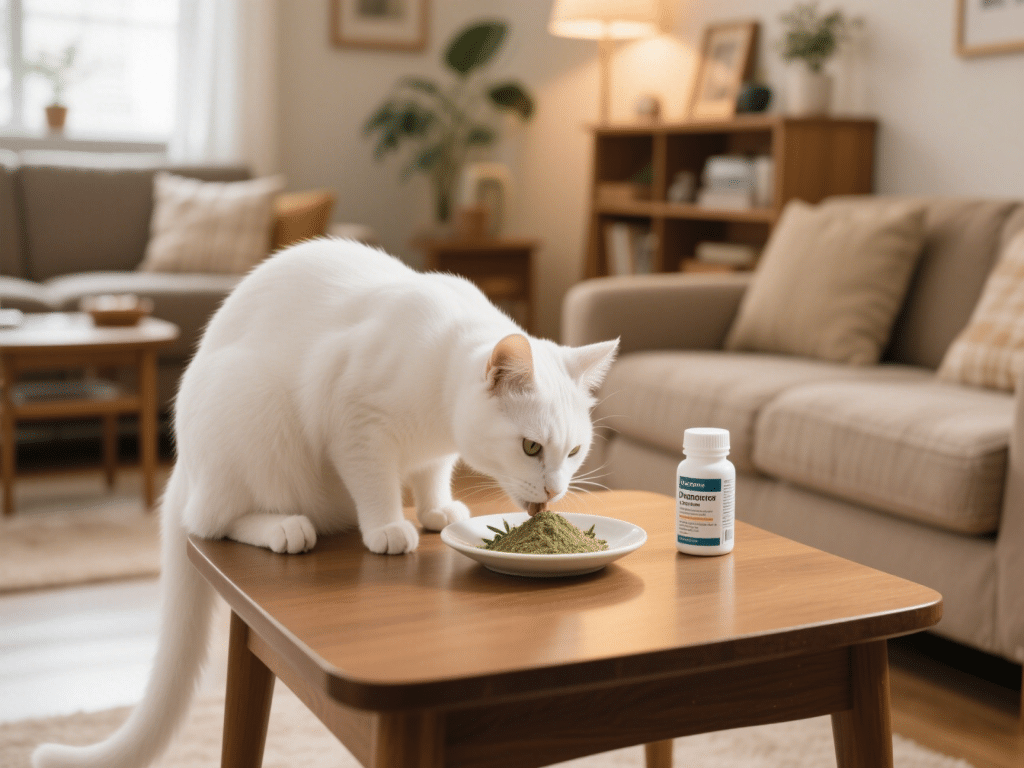RECOMMENDED NEWS

DIY Enrichment: 7 Treats and Toys Your Rabbit Will Adore
Enrichment transforms a simple rabbit hutch into a stimulating wonderland. As a long‑time rabbit b...
Read More →
Building a Safe, Enriching Habitat for Pet Turtles
Pet turtles require both aquatic zones for swimming and dry basking areas for thermoregulation. Impr...
Read More →
Dogs & Fireworks: Tips to Keep Your Pup Calm and Safe
Fireworks can turn a festive night into a source of terror for many dogs. The sudden booms, bright f...
Read More →
Managing Anxiety in Rescue Dogs: Proven Strategies for a Calmer Pet
Rescue dogs often carry emotional scars from past trauma, leading to anxiety, fear, and unwanted beh...
Read More →
How to Introduce a Second Pet Without Conflict
IntroductionBringing a second pet into your household can enrich both your life and that of the resi...
Read More →
Natural vs Prescription Cat Dewormers: Which Is Right?
IntroductionCat owners seeking parasite control often weigh natural remedies against prescription de...
Read More →
Choosing the Best Cat Carrier for Stress-Free Travel
Traveling with a cat can be a joyful experience when you have the right equipment. A high-quality ca...
Read More →
Building a Comfortable Indoor 'Adventure Zone' for Your Cat
Why Your Indoor Cat Needs an Adventure ZoneIndoor cats require physical and mental stimulation to pr...
Read More →
How to Recognize and Treat Common Pet Injuries
How to Recognize and Treat Common Pet Injuries: Essential First Aid for Dog and Cat OwnersAccidents ...
Read More →
Comments on "Cat-Proofing Your Garden: Protecting Your Plants and Pets" :